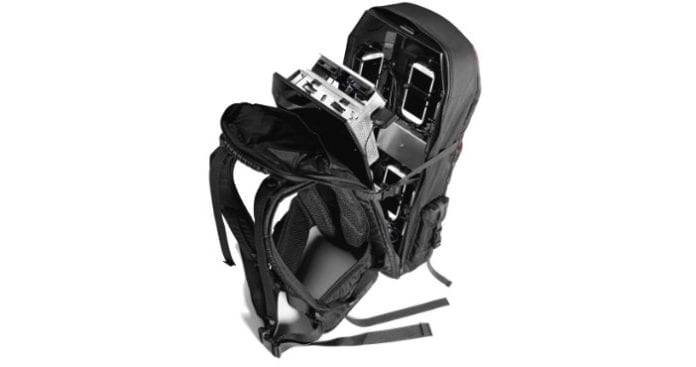With an ever-increasing percentage of wireless network traffic being generated indoors, the design and performance of networks needs to be assessed not just outside, but inside. Indoor network testing poses its own unique challenges, from site access to collecting as much relevant benchmarking data as possible in a single pass, to whether solutions offer data uploads to the clouds and data processing in a timeframe which would mean a technician both test and troubleshoot network issues on a single visit.
The number of walk-testing solutions for indoor environments has substantially increased in the past few years as test vendors explore smartphone and tablet apps and backpack-based test solutions for indoor network testing. Here are a three case studies documenting the use of various solutions in a number of different indoor wireless network scenarios.
PCTel’s in-building wireless testing
According to PCTel (pdf), as operators have focused more on in-building coverage, they have run into two issues: not being able to collect all measurements in a single test walk, and inaccurate measurements of CDMA/EV-DO. The company outlines work it did at a major convention center to test a distributed antenna system that “served five wireless operators using five different wireless technologies across multiple channels, for a total of 39 separate operator/technology/band combinations, each of which required a separate measurement.” PCTel used its own backpack-based SeeHawk In-Building Test Suite to conduct the indoor network testing in that instance as well as in an unspecified landmark North American office building. PCTel’s system relies on a scanning receiver designed for multi-technology networks, as opposed to user-equipment-based backpack testing systems, which are often limited by the number of devices and technologies that can be tested simultaneously.
Epitiro testing Vodafone’s London network, indoors and out
In this case study (pdf), Epitiro (recently acquired by Spirent Communications) examined Vodafone’s 3G and LTE network in London with its backpack test systems. Vodafone wanted benchmarking done both inside and outside on its own network and that of its key competitors. The testing key performance indicators included data speeds, latency and Web browsing times as well as dropped calls and RSSI signal levels, with data transferred over the air to an analytics dashboard. The company also has a case study available on how it approached wireless network testing for quality of experience in preparation for the massive crowds that accompanied the 2012 Olympics in London.
Fluke Networks’ Wi-Fi Analyzer
Wi-Fi network testing also is an important priority for indoor and enterprise coverage. The expansion of Wi-Fi testing support has been occurring in both enterprise and in systems integration, as well as in cable applications – Viavi Solutions, for instance, recently integrated Wi-Fi testing capabilities into its OneExpert DSL testing product line, for optimizing access point placement and installation troubleshooting. Fluke has been adding cloud-based reporting features and support in recent updates. In the case of Fluke’s work with Trusted Network Solutions in Salt Lake City, Fluke’s AirMagnet WiFi Analyzer was used for more accurate troubleshooting as well as for producing client-friendly reports.
Another indoor network testing series to look at would be Global Wireless Services’ indoor test benchmarking. GWS released a number of benchmarking reports over the past year, from coverage in and near London pubs and the fastest Las Vegas locations for uploading a selfie. In its most recent work, GWS tested the newly installed DAS and Wi-Fi in New York City subway stations as part of Transit Wireless’ massive NYC transit station coverage expansion. GWS has an application for network testing and utilized Rohde & Schwarz’ UE-based QualiPoc Freerider backpack test system and Samsung Galaxy S5 devices.
Image: Rohde & Schwarz’ QualiPoc Freerider backpack test system (Courtesy Rohde & Schwarz)

